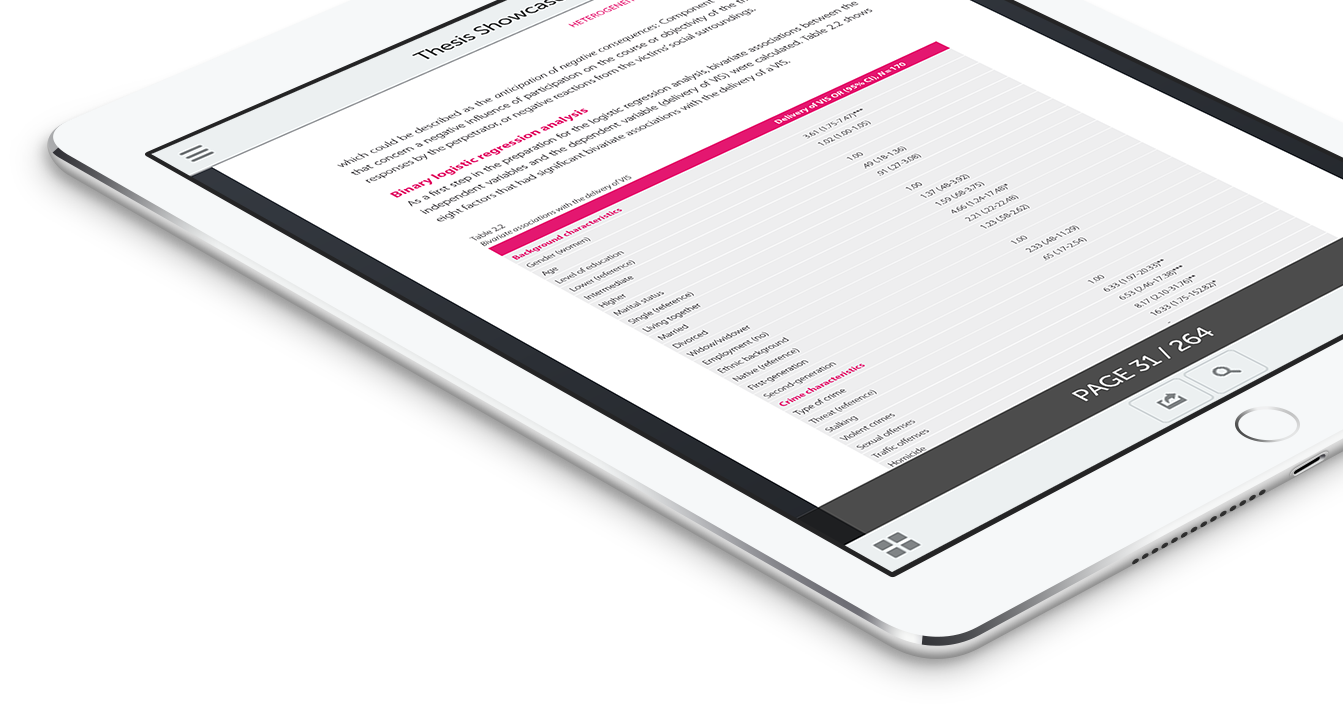

This Ph.D. thesis entitled ‘Quality of life measurement and its application in Indonesia’ sets out to provide valid and reliable HRQOL measurement tools, namely EQ-5D-5L and WHOQOL-BREF to be used in Indonesia, including their population norms and a national value set for EQ-5D-5L. A standardized data collection procedure (EuroQol Valuation Technology/EQ-VT) and state-of-the-art quality control (QC) tool were implemented to obtain data from a representative sample of the Indonesian general population. Six main findings of this thesis are the following: (i) comprehensive training before and during the study, and individual feedback on the basis of a QC tool would increase the validity of values obtained; (ii) the two EQ-5D-5L health states elicitation techniques employed in the EQ-VT: Time Trade-Off (TTO) and Discrete Choice Experiments (DCE) have different results concerning their test-retest reliability: the TTO is stable over time, while for DCE the relative values of the dimensions shift; (iii) the Indonesian EQ-5D-5L value set was estimated by combining TTO and DCE data using so-called a ‘hybrid regression model’. It was shown that the preference of the Indonesian people were most affected by the mobility dimension and least by the pain/discomfort dimension and health states values were ranged from -0.865 for the worst state (‘55555’) to 1.00 for the health state with no problems in all dimensions (health state ‘11111’); (iv) the EQ-5D-5L descriptive system and the WHOQOL-BREF questionnaire have acceptable test-retest reliability scores; v) the two questionnaires were able to differentiate between different sociodemographic characteristics: i.e., residence (urban/rural), gender, level of education, and income; and (vi) the two questionnaires can differentiated the health status and quality of life of people living on the riverbanks of a highly polluted river and the Indonesian general population. The EQ-5D-5L and WHOQOL-BREF, together with its value set and population norms are now available in Indonesia and will promote and facilitate health economic evaluations and HRQOL research in Indonesia.
